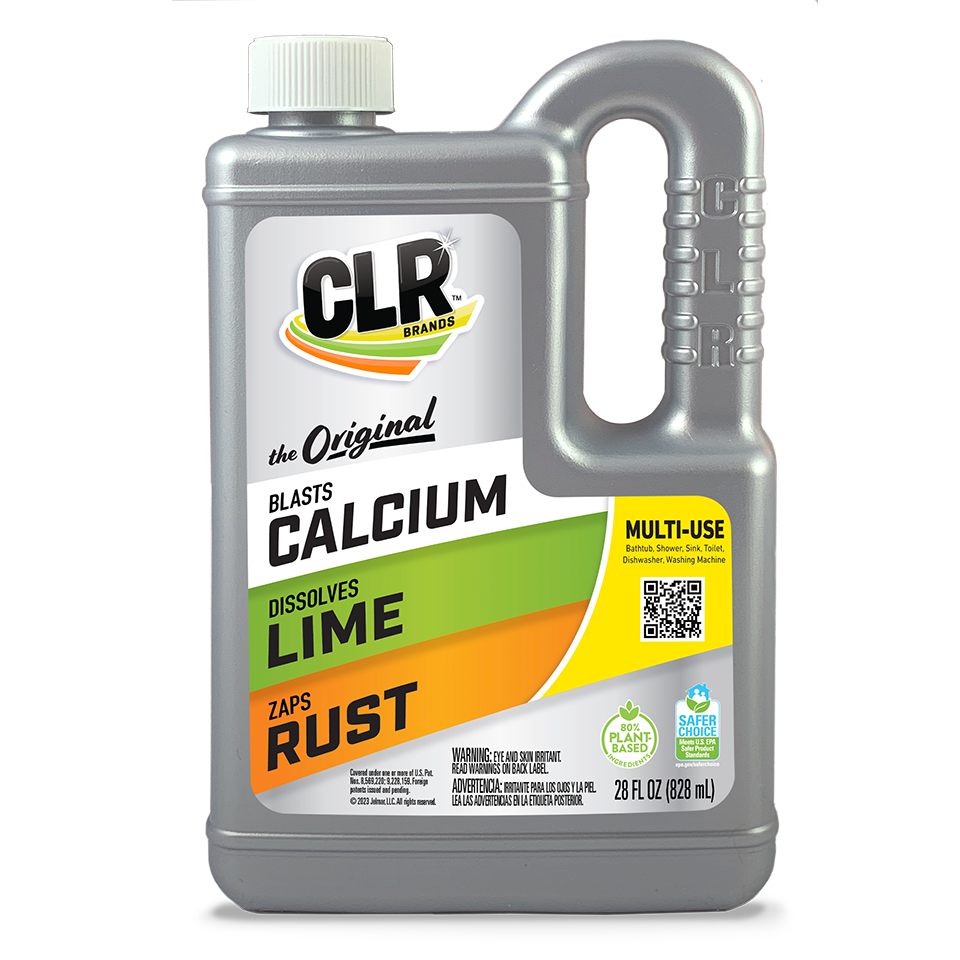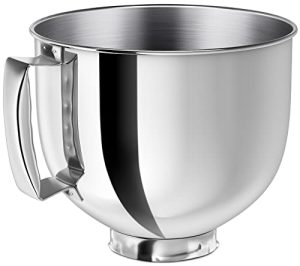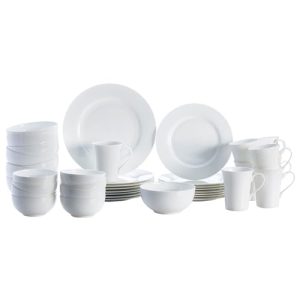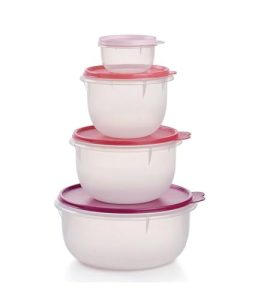Are you tired of your morning cup of coffee tasting a bit off? Your Keurig coffee maker might be the culprit.
You love the convenience and speed of your Keurig, but like any appliance, it needs regular maintenance to keep brewing those perfect cups. You might be wondering if CLR, a popular cleaning product, can be used to clean your Keurig effectively.
We’ll dive into whether CLR is a safe and effective choice for cleaning your beloved coffee machine. We’ll explore the benefits and potential risks, so you can make an informed decision and keep your coffee tasting just right. Don’t let a dirty machine ruin your coffee ritual—discover the secrets to a pristine Keurig today!

Credit: www.amazon.com
What Is Clr?
CLR stands for Calcium, Lime, and Rust remover. It’s a powerful cleaning solution. Many households use it for tough stains and deposits. CLR works wonders on hard water stains, calcium buildup, and rust. It’s a go-to product for various cleaning tasks. The formula is designed to dissolve stubborn residues. This makes it a popular choice for many cleaning needs.
How Does Clr Work?
CLR contains acids that break down mineral deposits. These acids target calcium and lime. They dissolve these deposits effectively. Rust removal is another benefit of CLR. The formula attacks rust, making it easy to wipe away. This ensures surfaces are left clean and residue-free.
Is Clr Safe For Household Use?
CLR is safe for many household surfaces. It’s essential to follow instructions. Always use it in well-ventilated areas. Wearing gloves can protect your skin. Avoid mixing CLR with other chemicals. This prevents harmful reactions. Test on a small area first to ensure safety.
Common Uses Of Clr
CLR is versatile. Use it on bathroom fixtures to remove limescale. It cleans kitchen appliances with ease. Tackle rust on tools and outdoor furniture. CLR is effective on glass and tile. It leaves surfaces sparkling and clean.

Credit: www.youtube.com
Common Uses For Clr
CLR, short for Calcium Lime Rust remover, is a household name when it comes to tackling tough stains and buildup. It’s commonly used to combat the stubborn residue found in bathrooms, kitchens, and even appliances. But can it be a game-changer for your Keurig coffee maker? To answer that, let’s first explore its common uses.
CLR is a powerhouse in the battle against hard water stains. If you’ve ever struggled with lime buildup on your faucets, CLR can be your go-to solution. It effectively dissolves the crusty deposits, restoring shine and functionality.
Another area where CLR shines is rust removal. Whether it’s rust on outdoor furniture or tools, CLR can help you reclaim their original appearance. Simply apply, wait, and wipe away the rust with ease.
Can Clr Be Used To Clean Keurig Coffee Makers?
You’re probably wondering if CLR’s magic can extend to your beloved Keurig. Yes, it can, but with caution. CLR’s powerful formula can clear mineral deposits that affect your coffee maker’s performance.
However, using CLR in your Keurig requires precision. You must ensure thorough rinsing to avoid any chemical taste in your coffee. Imagine sipping your morning brew with a hint of cleaner—definitely not ideal!
Have you ever noticed your coffee tasting a bit off? Mineral deposits might be the culprit. Using CLR can help maintain the quality of your brew by keeping those deposits in check.
What About Safety?
Safety is crucial when using CLR in a coffee maker. Always follow the manufacturer’s instructions and guidelines. Using the wrong ratio or not rinsing enough can lead to unwanted chemical residues in your coffee.
Consider running multiple cycles of water after cleaning with CLR. This ensures all cleaner traces are washed away, leaving your Keurig safe for brewing. How much time do you spend cleaning your Keurig? Investing a bit more effort can make a huge difference!
Alternative Methods
If CLR seems too intense for your liking, there are gentler alternatives. Vinegar is a popular choice for descaling coffee makers. It’s natural, effective, and leaves no chemical traces.
Try mixing equal parts of water and vinegar. Run it through your Keurig, followed by plain water cycles to rinse. This method is simple and safe, ensuring your coffee stays delicious and fresh.
Remember, regular maintenance of your coffee maker prevents buildup. Whether you choose CLR or vinegar, staying proactive ensures a perfect cup every time. How often do you clean your Keurig? A little effort goes a long way in preserving that morning ritual!
Cleaning Keurig Coffee Makers
Keurig coffee makers offer convenience and quick brewing. Regular cleaning is crucial to keep them running efficiently. Over time, mineral deposits build up inside the machine. This affects the taste and performance. Using CLR for cleaning can be an effective solution. CLR targets hard water minerals, ensuring a cleaner brew system.
Regular Maintenance
Regular maintenance is key to a long-lasting coffee maker. Begin by cleaning the exterior. Wipe the surface with a damp cloth. Remove the drip tray and pod holder. Wash them with warm, soapy water. Ensure they dry completely before reassembling.
Descaling is essential. It removes mineral deposits from inside the machine. A descaling solution or CLR can do the job. Run a brew cycle with the solution. Follow with several cycles of clean water to rinse. This keeps the coffee maker in top condition.
Signs Of Mineral Build-up
Mineral build-up affects coffee taste and machine performance. Look for signs that indicate it’s time for cleaning. Slow brewing is a common indicator. It means mineral deposits are clogging the system. The machine might make unusual noises. This suggests build-up inside the pump.
A bitter taste in coffee is another sign. It indicates mineral deposits altering the water quality. If the machine displays an error message, it might need descaling. Regular checks help identify these problems early. Addressing them ensures your coffee maker continues to brew delicious coffee.
Clr For Coffee Maker Cleaning
Keurig coffee makers are beloved for their convenience, but they can be challenging to keep clean. Over time, mineral deposits and coffee residues can build up, affecting the taste of your brew and the efficiency of the machine. You might be wondering if CLR, a popular calcium, lime, and rust remover, can be your go-to solution for cleaning your Keurig. Let’s dive into the specifics of using CLR for coffee maker cleaning.
Safety Considerations
Before you reach for that bottle of CLR, consider the safety implications. CLR is a strong chemical cleaner, and while it’s effective, it requires careful handling. Always read the label instructions thoroughly.
Make sure you wear gloves to protect your skin and use it in a well-ventilated area to avoid inhaling fumes. You should also thoroughly rinse your Keurig after using CLR to prevent any residues from contaminating your coffee.
Have you ever had a cleaner leave a residue taste in your coffee? To prevent this, run several cycles of plain water through your machine after cleaning.
Effectiveness On Mineral Deposits
Mineral deposits can be a stubborn problem, especially if you live in an area with hard water. CLR is specifically formulated to tackle calcium and lime buildup, making it a potent ally in the fight against mineral deposits.
Many users find it effective in restoring their coffee maker’s performance. If you’ve noticed your coffee tasting off or your machine taking longer to brew, it might be time to address those mineral buildups.
Wouldn’t it be great to enjoy your coffee without worrying about mineral deposits? Regular cleaning with CLR could be the answer, ensuring your coffee maker runs smoothly and your coffee tastes as it should.
Have you tried CLR for your Keurig? Share your experiences and insights—your feedback can help others make informed decisions.
Alternative Cleaning Methods
Cleaning your Keurig coffee maker regularly keeps your coffee tasting fresh. CLR is a popular cleaner, but there are other methods. These methods are safe, effective, and easy to use.
Alternative cleaning methods can save you money and time. They also ensure your coffee maker stays in top shape.
Using Vinegar
Vinegar is a natural cleaner for coffee makers. It removes mineral buildup and kills bacteria. To use vinegar, fill the water reservoir halfway with white vinegar. Then, fill the rest with water.
Run a brewing cycle without a K-Cup. This helps the vinegar solution pass through the machine. Repeat the process until the reservoir is empty.
Rinse by filling the reservoir with fresh water. Run a few more cycles with just water. This removes any vinegar taste.
Commercial Descaling Solutions
Commercial descaling solutions are designed for coffee makers. They effectively remove limescale and mineral deposits. These solutions are available at most stores.
Follow the instructions on the packaging for the best results. Usually, you mix the solution with water. Then, run it through your machine like a regular brew.
Ensure you rinse the machine thoroughly with water after descaling. This prevents any chemical taste in your coffee.
Steps For Using Clr
Cleaning Keurig coffee makers with CLR involves a few simple steps. Begin by unplugging the machine and removing any pods. Mix CLR with water according to the instructions, then fill the water reservoir. Run a brewing cycle without a pod to clear internal build-up.
Keeping your Keurig coffee maker clean ensures that every cup of coffee tastes as fresh as the first. One effective method is using CLR (Calcium Lime Rust Remover) to tackle the mineral buildup that often clogs your machine. If you’re wondering how to do this safely and effectively, follow these steps for using CLR. ###Preparation
Before starting, gather your materials. You’ll need CLR, water, a measuring cup, and a clean cloth. First, unplug your Keurig to ensure safety. Then, remove any pods from the machine and empty the water reservoir. Consider placing a large mug or container on the drip tray to catch any liquid that flows through during the cleaning process. This will help avoid spills and make cleanup easier. ###Cleaning Process
Mix equal parts of CLR and water in a measuring cup. For most Keurig models, one cup of each should suffice. Pour the solution into the empty water reservoir. Then, power on the machine and run a brewing cycle without inserting a coffee pod. Repeat this process until the reservoir is empty. You’ll notice the CLR working as it clears away the mineral deposits inside your machine. ###Post-cleaning Rinse
After the cleaning cycle, it’s crucial to rinse your machine thoroughly. Fill the reservoir with clean water and run multiple brewing cycles. At least two to three cycles will ensure all traces of CLR are flushed out. No one wants a lingering taste of cleaner in their coffee! Finally, wipe down the exterior and any removable parts with a damp cloth. This step ensures your Keurig is sparkling clean and ready for your next brew. Have you ever noticed a difference in taste after a thorough cleaning? Regular maintenance not only extends the life of your machine but also enhances the flavor of your coffee. Try it and taste the difference for yourself!Pros And Cons Of Using Clr
Using CLR to clean Keurig coffee makers has benefits and drawbacks. It effectively removes hard water deposits and mineral build-up. On the downside, CLR might damage internal components, potentially affecting the machine’s functionality.
Cleaning your Keurig coffee maker is essential for ensuring a fresh cup of coffee each morning. You might have heard about using CLR (Calcium, Lime, and Rust remover) for this task. But is it really a good idea? Let’s dive into the pros and cons of using CLR to clean your Keurig. This will help you decide if it’s the right choice for you.Benefits
Using CLR can effectively remove mineral build-up in your Keurig. This build-up can impact the taste and performance of your coffee maker. CLR is designed to tackle tough calcium and lime deposits, making it an effective solution for cleaning. Another advantage is the speed. CLR works quickly, often within minutes. This means less time spent on maintenance and more time enjoying your coffee. You might also find CLR easy to use. Simply follow the instructions on the bottle, and you can have your machine looking and functioning like new.Potential Risks
However, using CLR comes with certain risks. It is a strong chemical cleaner and may not be safe for all parts of your Keurig. Some components may be sensitive to harsh substances, which could lead to damage. Another risk is residue. If not rinsed thoroughly, CLR can leave a chemical taste in your coffee. This can be unpleasant and potentially harmful if consumed. Lastly, consider the warranty. Using CLR might void your Keurig’s warranty. Always check your user manual or contact customer support to ensure you’re not risking your coverage. Is the effectiveness of CLR worth the potential risks? Consider how much you value the longevity and taste of your coffee. Your choice might depend on how comfortable you are with using chemical cleaners in your kitchen appliances.Tips For Maintaining Your Coffee Maker
Your Keurig coffee maker is a cherished appliance, providing you with a quick cup of coffee whenever you need it. But like any other machine, it requires regular care and maintenance to keep functioning efficiently. Let’s dive into some practical tips on how to maintain your coffee maker, ensuring it continues to serve you that perfect brew every morning.
Preventative Measures
Taking simple steps to prevent issues can save you a lot of trouble. Always use filtered water to avoid mineral build-up. This reduces the chance of clogs and extends the life of your machine.
Consider storing your coffee maker in a dry place. Moisture can lead to mold or mildew, which is something you definitely don’t want mixing with your morning cup!
Ever thought about using a cover? It keeps dust and kitchen debris out of your machine. A little foresight can save you from a lot of cleaning later.
Regular Cleaning Routine
A clean coffee maker means better-tasting coffee and fewer problems. Start by wiping down the exterior weekly. It’s quick and keeps your machine looking new.
Schedule monthly deep cleans with a descaling solution or vinegar. This tackles hard water deposits that can affect performance. Do you notice a slower brew time or odd flavors? Descaling might be the answer.
Don’t forget the removable parts. Take them out and wash them regularly. A little soap and warm water can make a big difference in your coffee maker’s lifespan.
By taking these steps, you’re not just maintaining a coffee maker. You’re investing in your daily ritual, ensuring each cup is as enjoyable as the last. What would your mornings be like with consistently perfect coffee? That’s a question worth pondering!

Credit: www.clrbrands.com
Frequently Asked Questions
Can I Clean My Keurig With Clr?
It’s not recommended to use CLR for cleaning your Keurig. CLR can damage the machine. Use vinegar or Keurig’s descaling solution for safe cleaning. Always follow the manufacturer’s instructions to maintain your coffee maker’s longevity. Proper care ensures better performance and coffee quality.
What Can Be Used Instead Of Keurig Descaling Solution?
White vinegar mixed with water is a popular alternative to Keurig descaling solution. Use equal parts vinegar and water. Run the mixture through the machine, then rinse with clean water. This method effectively removes mineral buildup, ensuring your coffee maker functions efficiently.
Can You Use Clr In Coffee Makers?
No, do not use CLR in coffee makers. CLR can damage internal parts and is unsafe for coffee consumption. Use cleaners specifically designed for coffee makers. Always follow the manufacturer’s cleaning instructions for best results.
Can You Use Clr As A Descaler?
Yes, you can use CLR as a descaler. It effectively removes calcium, lime, and rust deposits. Always follow the instructions on the label for safe use. CLR is suitable for kettles, dishwashers, and other appliances. Avoid using on natural stones and colored grout.
Conclusion
Using Clr to clean Keurig coffee makers can be effective. But caution is key. Clr can damage internal components. It’s essential to follow instructions. Ensure thorough rinsing after cleaning. Alternative cleaning methods are safer. Try vinegar or baking soda instead.
These are gentler on your machine. Regular cleaning keeps coffee tasting fresh. Protect your Keurig by using safe methods. Keep your coffee maker running smoothly for years. Enjoy delicious coffee every morning. Keep your Keurig happy, and it will keep you happy.
Clean wisely for the best results.



